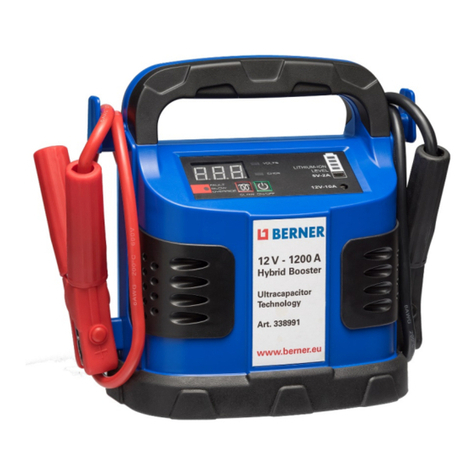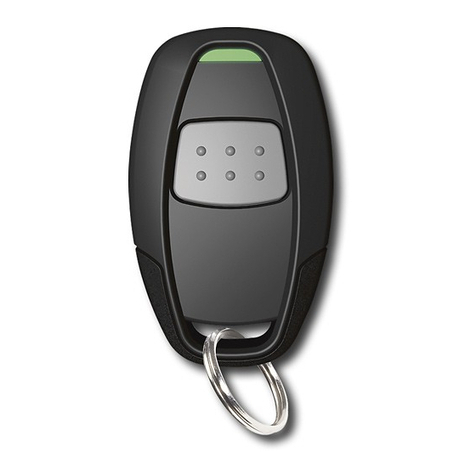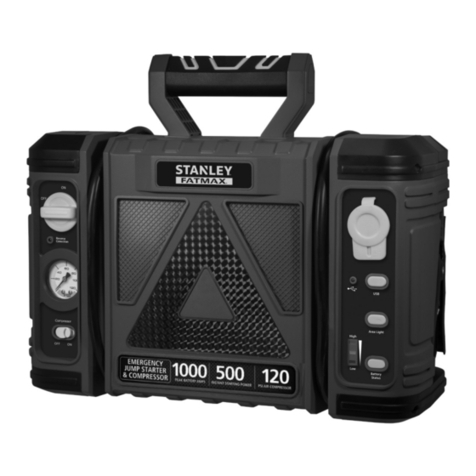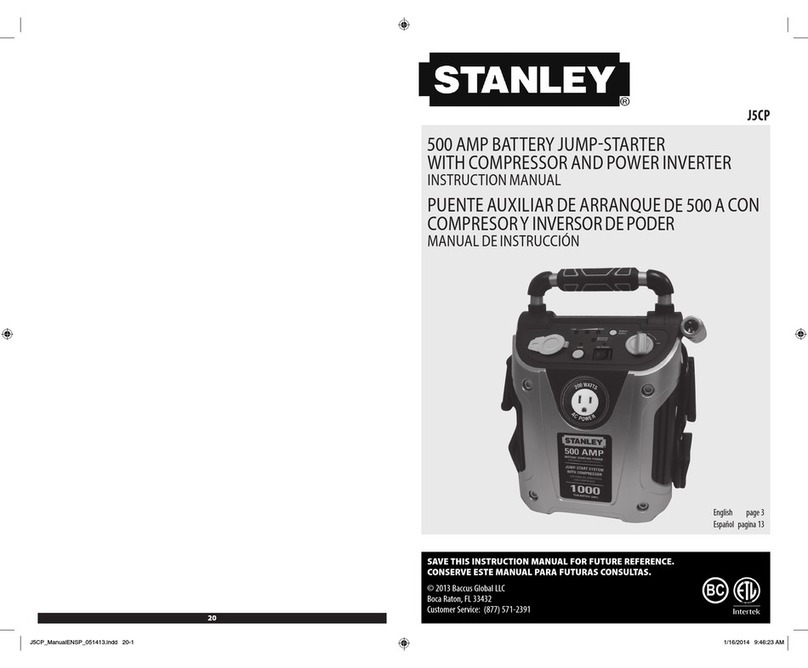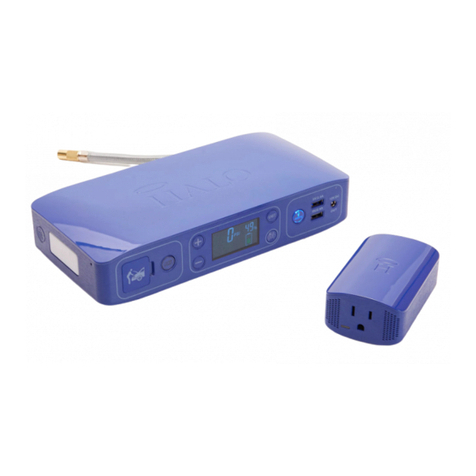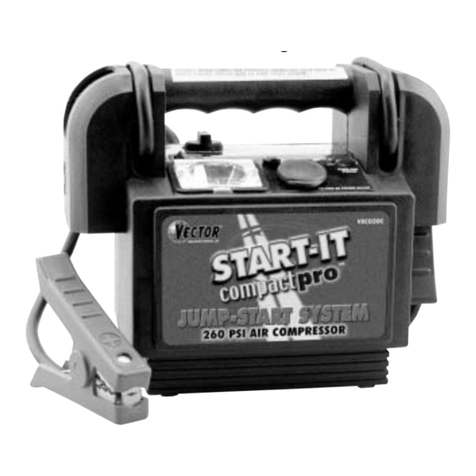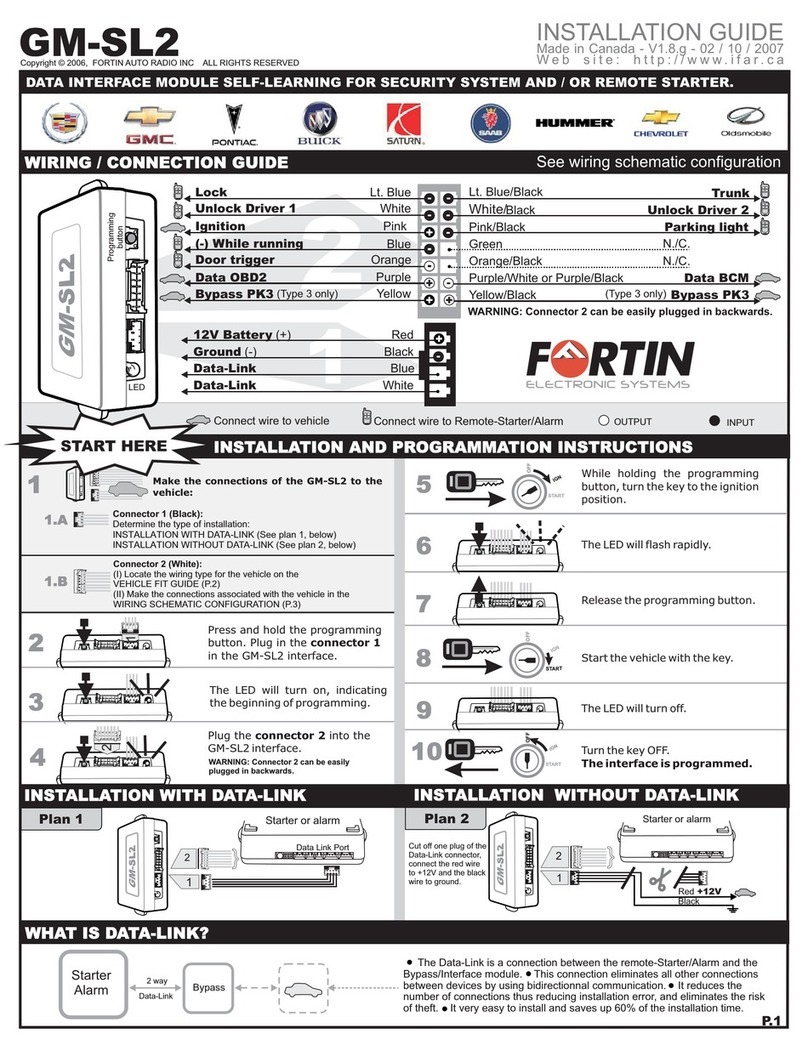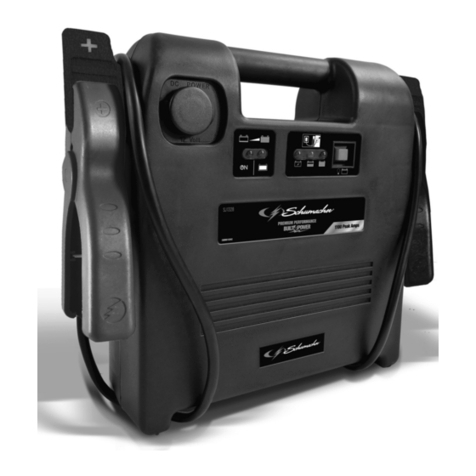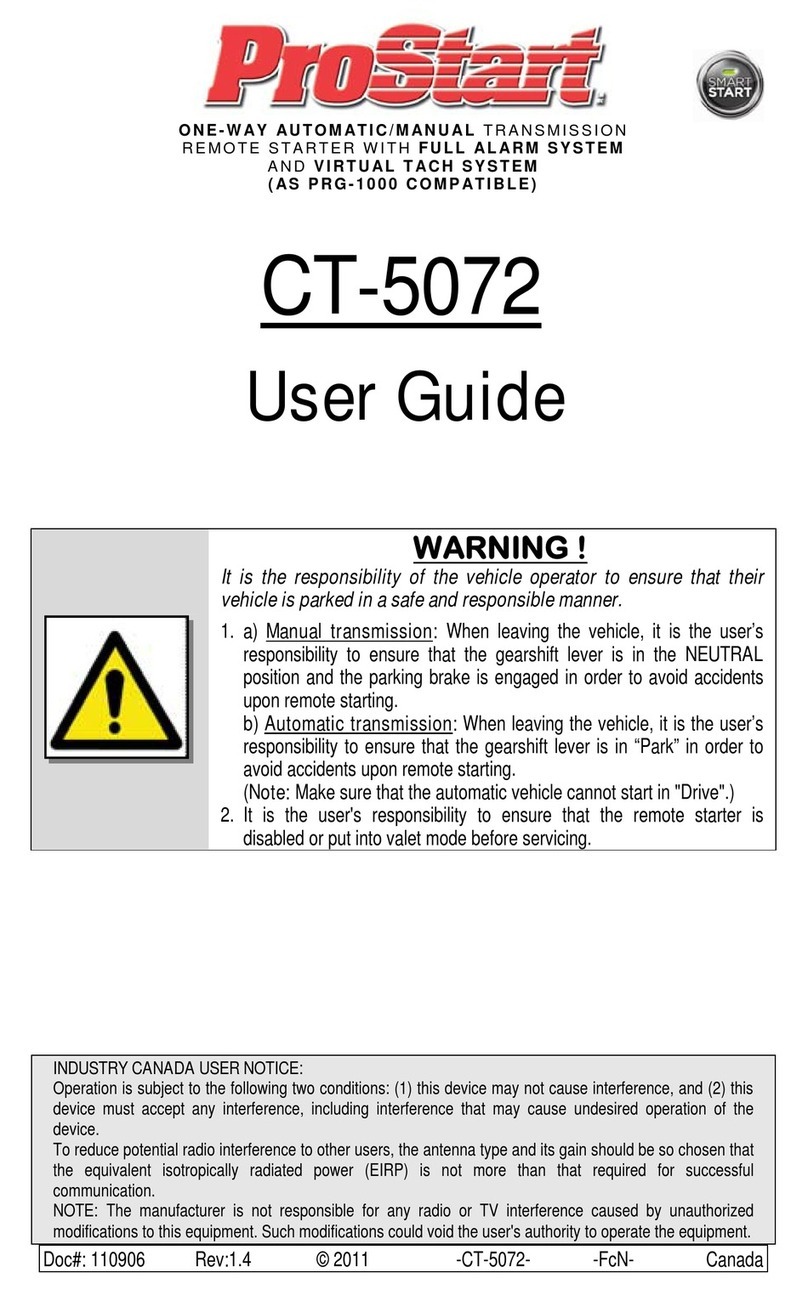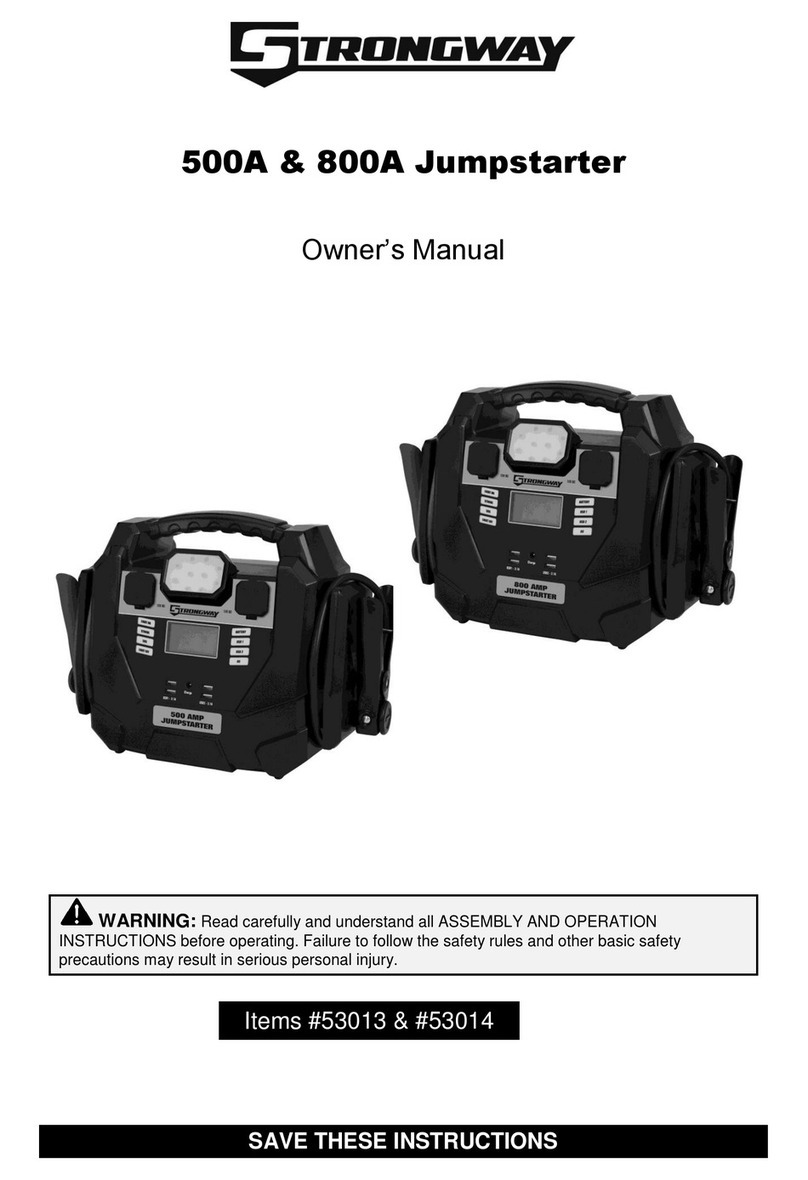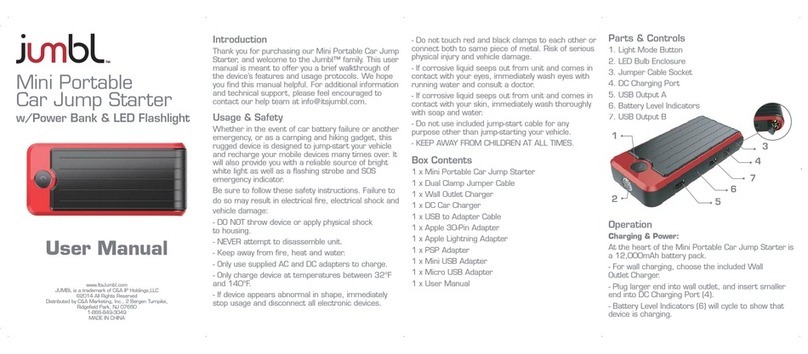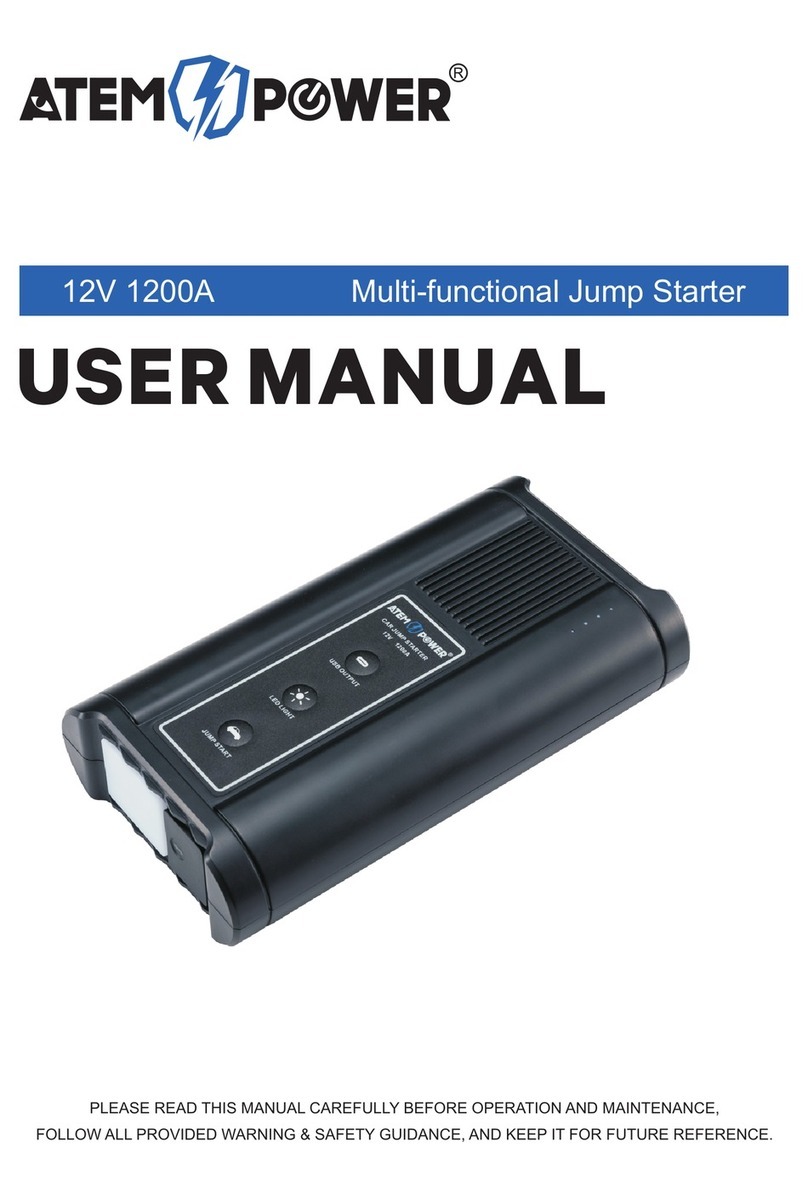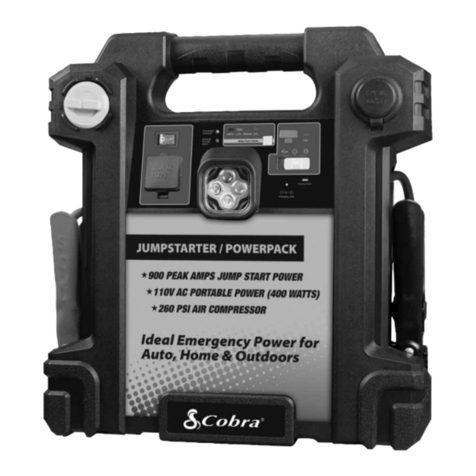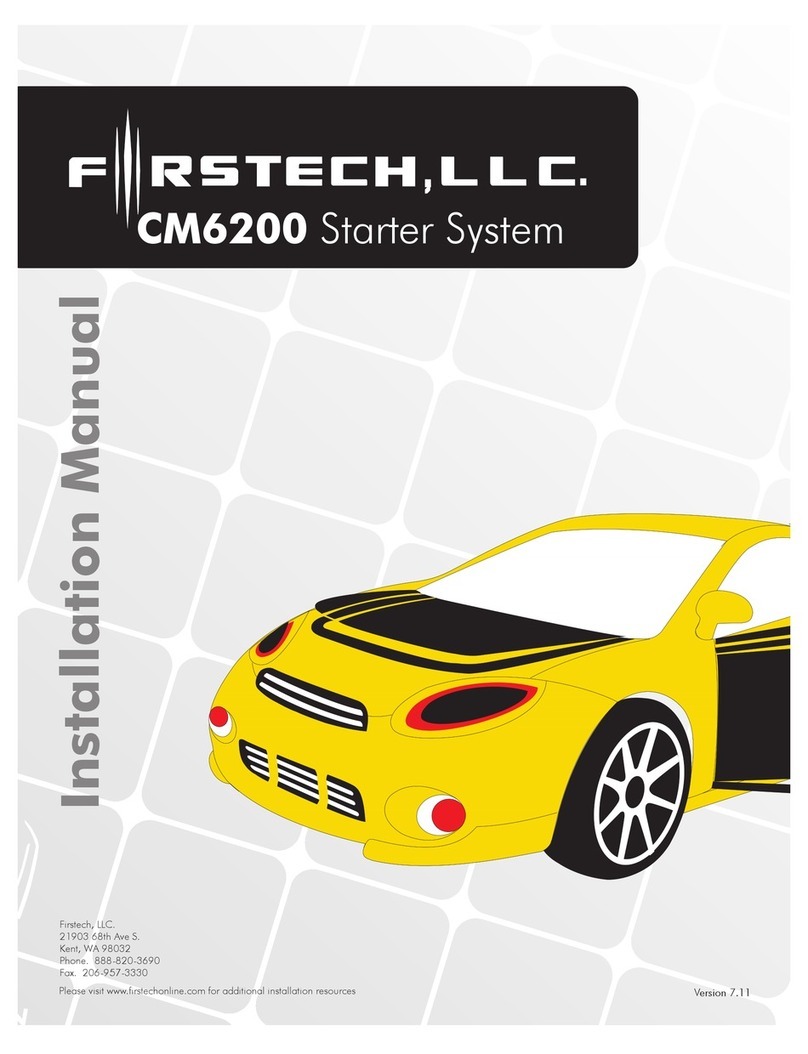Black cat MAVIC & ME User manual

Mavic + Me
Flight Planning
V1.0

Mavic & Me Flight Planning
© 2018-2019 BLACK CAT MEDIA / MAVIC & ME PAGE 1
Contents
Flight Planning Execution Guide....................................................................................................................2
Hospital/A&E Directions (insert map screenshot below): ............................................................................3
Pre-Site Survey: .........................................................................................................................................4
On-Site Survey:..........................................................................................................................................5
Site Map:....................................................................................................................................................6
Risk Assessment:.......................................................................................................................................7
Proof of commercial insurance ...................................................................................................................8
Crew Briefing:.............................................................................................................................................9
Operational Procedures............................................................................................................................10
Example Emergency Actions: ...............................................................................................................12

Mavic & Me Flight Planning
© 2018-2019 BLACK CAT MEDIA / MAVIC & ME PAGE 2
Flight Planning Guide
The following pack has been created to help plan, brief and execute UAV operations.

Mavic & Me Flight Planning
© 2018-2019 BLACK CAT MEDIA / MAVIC & ME PAGE 3
Hospital/A&E Directions (insert map screenshot below):

Mavic & Me Flight Planning
© 2018-2019 BLACK CAT MEDIA / MAVIC & ME PAGE 4
Pre-Site Survey:
SITE NAME
Job Number
Client/Contact No.
Billing Address
Email Address
Job Location(s)
Type of Work Required
Vehicle Access
Task Date (Flexible?)
ITEM
ACTION
FINDING
AIRSPACE
Airspace Type (A, C, D, E, F,G)
TERRAIN
Type of Terrain (Flat/boggy/rough etc.)
PROXIMITIES
Other Aircraft (Aerodromes, Model Flying
Sites, Heli Pads etc.)
HAZARDS
Live Firing, High Intensity Radio
Transmissions, Gas Venting etc.
RESTRICTIONS
Nuclear Power Stations, Prisons etc.
SENSITIVITIES
Recreational areas, Local By Laws
OBSTRUCTIONS
Wires, Buildings, Masts, Other
PEOPLE
Local Habitation
PERMISSION
Local Authority, Land Owner
LIVESTOCK
Local Farms/Nature Reserve Restrictions
ACCESS
Right of Way, Gates, Footpaths, Bridleways
ALTERNATE
Alternative operation / TOLP
RISK REDUCTION
How can any risks be mitigated?
WEATHER
24 Hour forecast / Local forecast
NOTAMS
Any applicable NOTAMs?
LOCAL AIR TRAFFIC
Do local ATC need to be contact –FRZ?

Mavic & Me Flight Planning
© 2018-2019 BLACK CAT MEDIA / MAVIC & ME PAGE 5
On-Site Survey:
Job Number
Date
Client/Contact No.
Wind Speed
Remote Pilot
Temp °C
Observer
Location
CONTACT
NUMBERS
NOTES
LOCAL ATC
LOCAL POLICE
LOCAL HOSPITAL
OBSERVER
PILOT
ITEM
CHECK
FINDING
OBSTRUCTIONS
MASTS, WIRES, BUILDINGS, TREES,
RIVERS, CANALS, INDUSTRIAL
VIEW LIMITATIONS
Anything that may impair VLOS?
PEOPLE
Crowd control Required?
LIVESTOCK
Animals, Wildlife
TERRAIN
Flat, Sloped, Rough, Wet, Icy
PUBLIC
Public Access? Signage Required?
AIR TRAFFIC
Clearance Required/Gained?
PROXIMITY
Adequate Separation from buildings,
obstructions etc.
TAKE OFF AREA
Where is the safest convenient position
LANDING AREA
Where is the safest convenient position
EMERGENCY AREA
Where is the safest convenient position
HOLDING AREA
Where is the safest convenient position
PERMISSION
Landowner’s permission confirmed?
BRIEF/
COMMUNICATION
Brief Crew and Client(s). Issue Radios if
Required

Mavic & Me Flight Planning
© 2018-2019 BLACK CAT MEDIA / MAVIC & ME PAGE 6
Site Map:

Mavic & Me Flight Planning
© 2018-2019 BLACK CAT MEDIA / MAVIC & ME PAGE 7
Risk Assessment:

Mavic & Me Flight Planning
© 2018-2019 BLACK CAT MEDIA / MAVIC & ME PAGE 8
Proof of commercial insurance

Mavic & Me Flight Planning
© 2018-2019 BLACK CAT MEDIA / MAVIC & ME PAGE 9
Crew Briefing:
TASK: (Job Type; Photography, Filming, Surveying etc)
Weather: Max Wind Speed/Gust: Aircraft Wind Limit:
Airspace Type: (Controlled/Uncontrolled,MATZ/ATZ/FRZ etc) Nearest ATC Tel Number:
NOTAMS: (If Applicable) Other Restrictions: (eg. Max Height)
Aircraft Type: Crew:
Pilot:
Camera:
Other:
Control Brief:
‘Today we are flying a drone which could potentially be dangerous. Please do not approach the
aircraft during take-off or landing. While the aircraft is in the air, please be aware of it at all times. If
you hear me shout ‘UAV FAIL’ at any time, please find the aircraft in the sky and avoid it, as it might
be deviating from its planned flight route, and I might not have control of it.’
Pilot Incapacitation:
‘In the event of me becoming unwell during the flight, press and hold this button (Show it to the
Observer/Client). The controller will beep, and the aircraft will return to the landing/take-off point.
Keep this area clear until the aircraft lands and then deal with any medical emergency(ies).’

Mavic & Me Flight Planning
© 2018-2019 BLACK CAT MEDIA / MAVIC & ME PAGE 10
Operational Procedures
The following procedures are provided as an example of the way in which to safely operate your
Unmanned Aircraft.
Please note:
●These are generic procedures, and you may need to tailor them towards your specific
equipment.
Pre-Flight
Prior to flight the RP must:
●Verify that Flight Crew are adequately briefed, have completed all required checklists and that
suitable cordons and safety equipment are in place
●Ensure that Flight Crew and relevant 3rd parties are specifically briefed on the commands that
may be utilised during the operation, the meaning of those commands and actions required
upon hearing those commands, if any
●Ensure landowners/land users permission has been granted for operations to commence
●Ensure 3rd parties are a safe distance away in accordance with the PfCO/OA.
●Ensure timings are in keeping with any clearances or NOTAMs issued. Most ATC units will
require an update via telephone prior to launch.
●Conduct a final check to ensure that the SUAS is airworthy and safe to operate. This is to be
conducted prior to and after each flight and is to be documented each time in the aircraft
logbook.
Start
This is defined as the moment the RP takes the SUAS to the TOLP for the purpose of starting a flight.
Prior to engaging any power with the SUAS and equipment, a final check is to be made to ensure the
TOLP and surrounding area are clear.
The start sequence documented in the instruction manual will then be followed, paying particular
attention to battery and Flight Controller Status indications. The observer(s) are to position
themselves in a suitable location to assist the RP with the launch (if required). The RP will give the
command ‘Starting’ to alert Flight Crew members and 3rd parties that the rotors are about to start
turning. All Flight Crew members are to make note of the start time at this point in case of failure of
SUAS based Flight Logging.
Take-Off
Where practical the RP/Crew are to stand at a safe distance behind the SUAS, with the take-off
direction away from them. It is not a requirement to take off into wind, but it is recommended. It is
desirable for all 3rd parties to be positioned behind the pilot at this stage. Immediately prior to launch,
a final check is to be made to ensure that the TOLP is clear of obstructions or hazards including

Mavic & Me Flight Planning
© 2018-2019 BLACK CAT MEDIA / MAVIC & ME PAGE 11
people/animals, at which point the RP will give the command ‘Taking Off’ so as to alert all Flight Crew
members and 3rd parties. The RP is to ensure he has a clear path for the SUAS during this transition
phase. Once the SUAS is in a safe hover position the RP will perform a brief flight check to ensure
the aircraft is responsive to all relevant commands. At this stage if there is any doubt as to the
integrity of the control of the SUAS then it is to be landed immediately. If the SUAS begins to drift,
then a re-calibration of the compass and or IMU (if appropriate) should be conducted. If satisfied that
the controls are working in the correct manner the RP will inform the Flight Crew, he is content to
continue the task by calling ‘continuing’.
In-Flight
The RP and Flight Crew are to remain alert for any other aircraft operations or
unforeseen/unexpected hazards that could present a risk of Aerial Collision. All Flight Crew are to be
aware of the initiation process for any fail-safe and the loss of control procedure in case of RP
incapacitation and/or loss of control.
Landing
Prior to commencement of the landing procedure, the Flight Crew are to ensure that any 3rd parties
are moved to a minimum safe distance clear of the RP and the cordon area, ideally behind the RP.
When conducting the landing procedure, the RP is to give the command ‘landing’. In the event of the
RP losing control, the Flight Crew will initiate the fail-safe procedure as briefed by the RP.
Shutdown
The SUAS is still to be considered ‘live’ and remains a possible danger until the battery is
disconnected and the transmitter is switched off. The RP will power down the aircraft, making a note
of the time and ensure it is safe prior to its removal from the landing area. The RP is to conduct a
thorough check of the aircraft’s airworthiness at this point. All equipment is to be collected
immediately after shutdown and stored appropriately in order to prevent loss due to distraction. The
battery is to be removed, allowed to cool to ambient temperature and placed in to a ‘LiPo Safe’ bag, if
possible, immediately after its inspection, if it is not to be charged on site for further use. All relevant
flight information is to be recorded in the flight and battery log. If operating within an FRZ or restricted
airspace, then the Flight Crew are to ensure that the relevant authorities are contacted and informed
that the SUAS is on the ground. The land user should also be contacted upon cessation of the flying.

Mavic & Me Flight Planning
© 2018-2019 BLACK CAT MEDIA / MAVIC & ME PAGE 12
Example Emergency Actions:
Aircraft Fire in Flight
RP should shout ‘UAV FAIL’ then attempt to land As Soon As Possible in a safe area (ideally close to
the RP but if required, in situ) then an attempt made to fight the fire if appropriate. An attempt may be
made to disconnect and isolate the power source from the Aircraft if safe to do so. The safety of 3rd
parties and Flight Crew are always paramount and personal safety must not be prejudiced in order to
prevent further damage to the SUAS. If necessary, a nominated member of the Flight Crew is to
ensure that all personnel are a safe distance away from the source of fire and the relevant
Emergency Services contacted.
Public Incursion
Observers or any personnel involved with SUAS operations who see or spot an incursion by a
member of the public or 3rd party are to warn the RP ASAP. The RP is to act as required in order to
maintain a safe separation from the member of public or 3rd party who has entered the operating
area. When it is safe to do so, a member of the flight crew will then approach the member of the
public or 3rd party to remove them from operating area or to bring them under the control of the flight
crew. The flight will re-commence only when safe to do so.
If the RP is unable to move the aircraft to a safe distance, the RP should land the SUAS.
Low Battery Voltage/Power Loss in Flight
The control systems utilized in most SUAS means that a loss of battery power is likely to be either:
●Catastrophic (if a total power loss is experienced) or.
●Contained (e.g., if the battery voltage is allowed to drop too far the SUAS will enter automatic
landing mode, landing at its current position or completing an auto RTH and Landing if
applicable) or in the event of a battery cell failure, the SUAS may be controllable for a short
time such that it may be safely returned to a safe location and landed without delay.
In any event of SUAS power loss, the RP is to declare ‘UAV FAIL’ in order to warn any persons in the
operating area and either land the SUAS immediately or return to the TOLP and land without delay if
possible.
Operator Incapacitation
A nominated person (either Flight Crew or Client) must be briefed on how to set the RTH Failsafe in
the event of the RP being unable to continue the flight. With a GPS lock of 6 satellites or more the
SUAS will automatically RTH and land itself at the recorded TOLP (or dynamic home point if
equipped). With less than 6 GPS Satellites locked, the SUAS will automatically land in situ. The
person who triggered the SUAS to RTH is to ensure sure the TOLP is clear of people/animals while
the SUAS is completing RTH and auto landing. In this event, the person triggering the RTH is to
declare ‘UAV Return to Home FAILSAFE.
Table of contents
Other Black cat Remote Starter manuals

